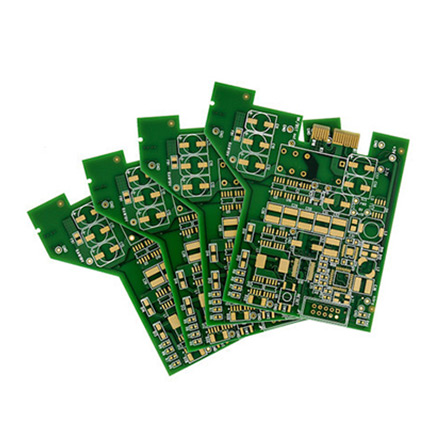

Exploring Dark Grey Float Glass A Contemporary Design Element
In the realm of modern architecture and interior design, the choice of materials can significantly influence aesthetics, functionality, and ambiance. One such material that has garnered attention for its unique qualities is dark grey float glass. This versatile and sophisticated glass option presents a myriad of opportunities for designers and architects looking to create striking visual effects while maintaining practical benefits.
The Nature of Dark Grey Float Glass
Float glass is manufactured using a process that involves floating molten glass on top of molten tin. This technique results in a smooth, uniform thickness and a clear surface that has high optical quality. Dark grey float glass, characterized by its rich, deep color, is produced by adding specific metal oxides to the raw materials during the melting process. The result is a glass that not only allows light to filter through but also adds an element of depth and elegance to any space.
Aesthetic Appeal
One of the primary attractions of dark grey float glass is its aesthetic versatility. Its muted tone can complement a wide range of design styles, from minimalist to industrial. In modern interiors, the glass can be used in furniture, partitions, and decorative elements, contributing to a cohesive look that is both sophisticated and contemporary. Whether framed within elegant cabinetry or utilized as a backsplash in a kitchen, dark grey glass adds a touch of luxury and refinement.
Moreover, the reflective properties of this glass enhance the interplay of light within a space, creating a dynamic environment that changes throughout the day. By incorporating dark grey float glass into design schemes, architects and designers can achieve an intriguing balance between shadow and light, evoking a sense of tranquility and calm.

Practical Applications
Beyond its aesthetic advantages, dark grey float glass also offers practical benefits. Its ability to reduce glare and provide privacy makes it an excellent choice for windows and partitions in commercial and residential settings. In high-traffic areas or bustling urban environments, this type of glass can help create a serene oasis by blocking out distracting views while still allowing natural light to penetrate.
Additionally, dark grey float glass is inherently durable and resistant to environmental factors, such as UV rays and weathering, making it suitable for both indoor and outdoor applications. This robustness ensures that the striking appearance of dark grey glass will endure over time, maintaining its elegance and integrity.
Sustainability Considerations
As the design world increasingly prioritizes sustainability, dark grey float glass stands out as an eco-friendly option. The manufacturing process generates minimal waste, and the glass itself is fully recyclable. This aligns with the growing trend toward sustainable building materials that reduce the environmental impact while still providing high-quality design solutions.
Conclusion
In conclusion, dark grey float glass is a remarkable material that encapsulates the essence of modern design. Its versatility, aesthetic appeal, and practical advantages make it a favored choice among architects and interior designers. As the demand for innovative and sustainable materials continues to rise, dark grey float glass is poised to remain a staple in the evolution of contemporary architecture and design. Embracing this material can elevate spaces, transform environments, and create a lasting impact on aesthetic experiences.